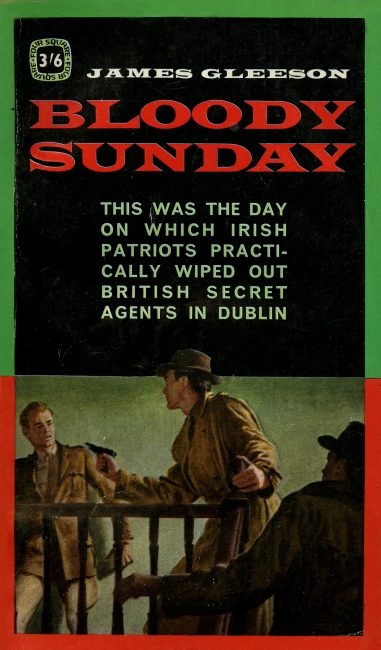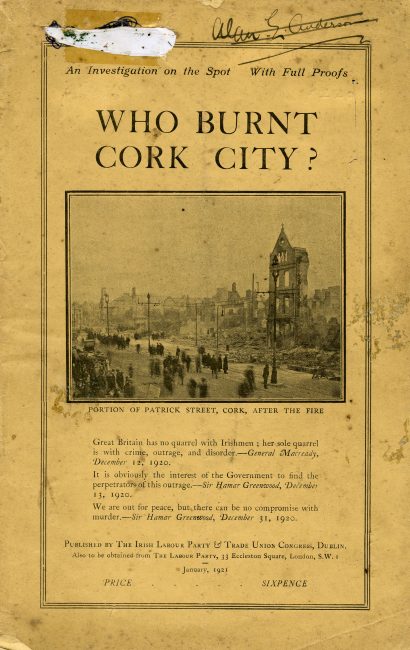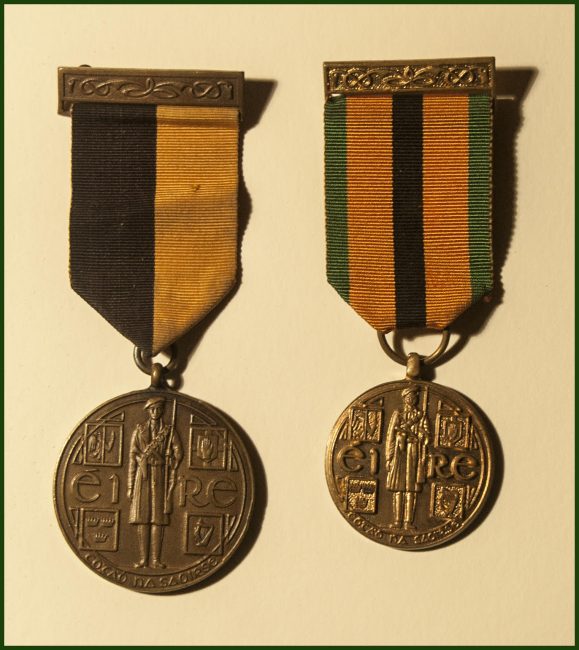Shaw, George Bernard. How to settle the Irish question. Dublin: Talbot Press; London: Constable & Company Limited, 1917.
The “Irish question” was a term used to refer to Irish calls for independence from the early nineteenth century until the 1920s. It gained popularity with the 1800 Acts of Union. George Bernard Shaw had written of Irish politics since Parnell’s time. Shaw describes the purpose of the Irish Convention held in Dublin, convened by Prime Minister of Great Britain and Ireland Lloyd George, for representative Irish political parties to discuss constitutional issues and self-government. The three major parties were the Home Rule or Parnellite party; the Ulster or Carsonite party; and Sinn Féin. British Parliament had been addressing Irish Home Rule for decades, and Shaw proposes instead an Irish parliament for domestic affairs and membership in a federal parliament for affairs of mutual interest with Great Britain.
Gleeson, James. Bloody Sunday. London: Four Square Books, 1963.
Author James Gleeson provides an unbiased account of the events of Bloody Sunday 1920 with interviews from the Irish leaders and their men on the ground, as well as accounts from the British side. Between 1963 and 2004, the book was out of print.
Who burnt Cork City? A tale of arson, loot, and murder: the evidence of over seventy witnesses. Dublin: Published by the Irish Labour Party & Trade Union Congress, 1921.
The city of Cork was one of the main centers of resistance against British rule during the War for Independence. Allegedly taking revenge for an IRA attack on their troops on December 9, British forces set fire to several buildings in the city’s center on December 11-12, 1920. This compilation of eyewitness testimony was used in the British Army inquiry that eventually placed blame on the Black and Tans and a renegade section of the Auxiliary Division, a paramilitary unit of the Royal Irish Constabulary (RIC) established to counteract the increasing violence of the IRA
Irish War of Independence service medals
On loan from Aedin McKenna
The 1917-1921 Service Medal without Comrac Bar
This medal was issued to those who took part in the War of Independence as a member of the Irish Republican Army (Oglaigh na hEireanna), Fianna Eireann, Cumann na mBan, or the Irish Citizen Army, but were not deemed to have engaged in active service. Medals with Comrac bars were awarded to combatants only. The phrase “Cogadh na Saoirse” (“The Fight for Freedom”) appears at the bottom of the medal.
1971 Survivors Medal Truce Medal
In 1971, this commemorative medal was issued to mark the fiftieth anniversary of the end of the War of Independence. The design is identical to the 1917-1921 Service Medal, except for the addition of green—a symbol of Erin—on the ribbon. This medal was issued to Survivors who had originally received the Service Medal with or without Comrac bar.





